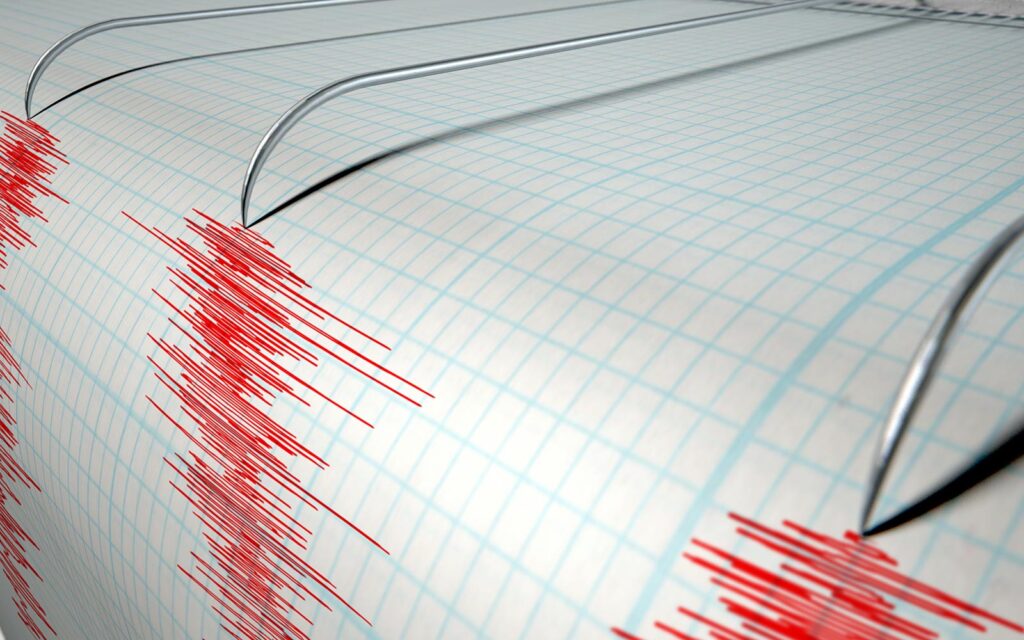Aircoustics has seen a growing trend in project specifications to assess and confirm the earthquake compliance for non-structural components and their fixings such as mechanical, hydraulic, and fire-protection systems installed by the main contractors and their sub-contractors who supply and install them.
Investigating the response of non-structural components to seismic events is becoming one of the focuses of building developments. This focus mainly arises due to the considerable effects of seismic damage induced to these systems resulting in significant economic losses, life-safety concerns, and damages to the structures as well as downtimes with post disaster functions, exactly when they are mostly needed.
As required by the International Building Code (IBC) 2018 and ASHRAE Practical Guide – to seismic restraints, which deals with the seismic restraint requirements for plant, machinery, ductwork and pipework, these parts and components need to be adequately fixed to ensure they do not create a safety-hazard during an earthquake event.

| Mechanical | Pipes | Water pipes | |||
| Gas Pipes | |||||
| Sewerage | |||||
| Fire sprinkler pipes | |||||
| Medical gas pipes | |||||
| Ducts | |||||
| Equipment | Air handling units | ||||
| Cooling towers | |||||
| Chillers | |||||
| FF & CHW Pumps | |||||
| Electricals | Cable trays | ||||
| Lights | |||||
| Cabinets | |||||
| HV/LV Panels | |||||
| Architectural | Partition walls | ||||
| Ceiling tiles | |||||
| Facade | |||||
As such Aircoustics has successfully undertaken & executed study and design for non-structural components including technical report submission, within the United Arab Emirates for hotels, offices, hospitals, data centres and universities.
Table below summarises the parameters need to be coordinated between different parties and usually complications happen through this process due to the delayed seismic design approach.
| Coordination Parties | ||||||
| Seismic engineer | Structural engineer | Mechanical engineer | NSC Subcontractors | Main Contractor | ||
| Tasks with coordination requirements | Type of restraint | |||||
| Fabrication and installation time | ||||||
| Material and installation cost | ||||||
| Access to component | ||||||
| Access to the supporting structure | ||||||
| Extra constraint applied to the current component | ||||||
| Anchorage and capacity of the supporting structure to take the loads | ||||||
| Fire, water, and sound insulation deterioration due to retrofit anchorage | ||||||
| Clashes and allowance for seismic gaps | ||||||
| Other design actions involved | ||||||
| Internal performance and integrity of components to be restrained | ||||||
| Inspections | ||||||
| Certification | ||||||

We look forward to work with you for any of your current or future project where you need Seismic studies, to be carried out as per Local as well as International standards.
Copyright © 2023 Aircoustics FZE- All Rights Reserved